41 gluten on food labels
Gluten-Free Labeling of Foods | FDA "Gluten-free" is a voluntary claim that can be used by food manufacturers on food labels if they meet all the requirements of the regulations. On August 12, 2020, the FDA issued a final rule on the... Which Ingredients Contain Gluten? | How to Identify on Labels Gluten is not listed explicitly as an allergen on a product label in the UK, it will appear in the form of the gluten-containing ingredient itself. The most common is wheat, barley or rye. For example, the label on bread might say wheat flour, water, yeast, salt. The emphasised word indicates which ingredient contains the allergen.
celiac.org › gluten-free-living › gluten-free-foodsGluten-Free Foods | Celiac Disease Foundation Be wary, as many products may appear to be gluten-free, but are not. As a rule, traditional wheat products such as pastas, breads, crackers, and other baked goods are not gluten-free. However, there are many gluten-free options available that use alternative flours and grains. Often, gluten-free bread can be found in the freezer section ...

Gluten on food labels
Allergen labelling for food manufacturers | Food Standards ... If your product contains any of the main 14 allergens as an ingredient or processing aid, it must be included on the label. The 14 main allergens are: celery cereals containing gluten - including... The FDA's Ruling on Gluten-Free Food Labeling ... About the FDA Gluten-Free Labeling Rule. The U.S. Food and Drug Administration (FDA) finalized a standard definition of "gluten-free" in August 2013. As of August 5, 2014 , all manufacturers of FDA-regulated packaged food making a gluten-free claim must comply with the guidelines outlined by the FDA. Reading Food Labels | BeyondCeliac.org While label reading can seem overwhelming at first, you'll become confident over time. Download the Beyond Celiac Step by Step Guide to Reading Gluten-Free Labels to help you navigate the supermarket shelves. Download: Step by Step Guide to Reading Labels Thanks to Cabot Creamery, Crunchmaster and Glutino for making this resource possible!
Gluten on food labels. Gluten-free food About the Regulation. Commission Implementing Regulation (EU) No 828/2014 lays down harmonised requirements for the provision of information to consumers on the absence or reduced presence of gluten in food.. More specifically, this legislation sets out the conditions under which foods may be labelled as "gluten-free" or "very-low gluten".The Implementing Regulation entered into application on ... How to Identify Gluten on Food Labels - Verywell Health How to Identify Gluten on Food Labels Alternative Names for Gluten. Sometimes, gluten-containing ingredients are listed under their scientific names, which... Ingredients That Always Contain Gluten. Ingredients That May Contain Gluten. Depending on the source, the following ingredients could ... › nutritionsource › food-labelUnderstanding Food Labels | The Nutrition Source | Harvard T ... Other potential allergens include gluten and color additives such as FD&C Yellow No. 5. The FDA mandates that a product containing FD&C Yellow No. 5 must identify it on the food label. The term “gluten-free” can be listed on a label if it meets a specific maximum amount of gluten as defined by the FDA. Sell-by, Best-by, and Use-by dates › consumers › consumer-updates'Gluten-Free' Means What It Says | FDA The only way to manage celiac disease is to avoid eating foods containing gluten. Learn how FDA's definition of 'gluten free' on food labels makes that possible.
› gluten-and-food-labelingGluten and Food Labeling | FDA Besides the limit of gluten to 20 ppm, the rule permits labeling a food "gluten-free, if the food does not contain: An ingredient that is any type of wheat, rye, barley, or crossbreeds of these grains, An ingredient derived from these grains that has not been processed to remove gluten, or, an ... Checking Labels for Gluten - I Am Gluten Free Unfortunately, labels don't always just say "Gluten" and that's the end of it. Gluten comes in all shapes, sizes, and names. Labels don't always say whether something is gluten-free or not. So here is a list of things that contain gluten that you don't want on the label. ALWAYS AVOID Wheat Rye Barley Maltodextrin ... Gluten-Free on the Label? Now It Means Something ... FDA set a gluten limit of less than 20 parts per million (ppm) for foods that carry the label "gluten-free," "no gluten," "free of gluten," or "without gluten." This level is the lowest that can be reliably detected in foods using scientifically validated analytical methods. Identifying Gluten on Food Labels: Become a Master in Minutes! You will soon be a master at identifying gluten on food labels! Step 1: Look for a statement that says Contains Wheat This statement will often be in bold at the end of the list of ingredients. The word wheat may be buried somewhere within the list of ingredients.
13 Misleading Food Label Claims and How Not to Be Tricked Unfortunately, food labels frequently use carefully crafted language that attracts and misleads consumers as a sales tactic. During the ongoing COVID-19 pandemic, consumers' interest in healthful eating has increased.In addition to growing interest in gut health and eating for mental health, consumers are choosing more plant-based foods, helping plant-based eating become more mainstream. How to Read Food Labels for a Gluten-Free Diet | Cupcakes ... Others are names for gluten-containing grains (or derived from those grains). Skip any items with the following ingredients on their food labels: Wheat (bran, starch, germ, or berries) Hydrolyzed wheat protein Wheat starch/modified wheat starch Rye (kernels, berries) Barley (malt, extract) Bulgur Orzo Kamut Semolina › gluten-free-dietGluten-free diet - Better Health Channel Gluten is a protein found in wheat, rye, barley, and oats. A lifelong gluten-free diet is the only treatment for coeliac disease. A person on a gluten-free diet can still enjoy a wide and varied diet, but it is important to read the labels of all packaged or prepared foods. Allergens and gluten sources labelling - Canada.ca In Canada, common allergens and gluten sources must always be clearly declared on food labels when present as ingredients or components of ingredients. They will appear in the ingredient list or in a "Contains" statement located immediately after the ingredient list. What to look for Priority allergens
10 Fast Facts About the FDA Gluten-Free Labeling Rule On August 2, 2013, the Food and Drug Administration (FDA) announced its long-awaited gluten-free food labeling rule. According to the rule, when a manufacturer chooses to put "gluten-free" on food packaging, the item must comply with the new FDA definition of the term - less than 20 parts per million (ppm) of gluten.
Beware! other names for gluten in your labels Important steps for reading labels- #1 Is it gluten-free? #2 Is it processed in a facility with wheat? (Or genetic engineering- chances are if it is then there's gluten) #3 Are any of these ingredients below listed as an ingredient on the product you are looking at purchasing? The list… Barley Brewer's Yeast Buckwheat Bulgar Cereal extract Couscous
› how-to-go-gluten-free-563172How to Eat Gluten-Free in 8 Easy Steps - Verywell Fit Apr 04, 2022 · Manufacturers can label something "gluten-free," but food labeling laws do not require disclosing gluten-containing ingredients on food labels. Suppose something has no prominent gluten ingredients listed but doesn't carry a "gluten-free" label. It might contain barley or rye or be subject to gluten cross-contamination at the food processing ...
3 Tips for Gluten-Free Label Reading - Gluten Intolerance ... * A product that is labeled gluten-free may include the term "wheat" in the ingredient list (such as " wheat starch ") or in a separate "Contains wheat" statement, but the label must also include the following statement: "The wheat has been processed to allow this food to meet the Food and Drug Administration (FDA) requirements for gluten-free foods."
Do All Wheat Mentions on Food Labels Mean Not Gluten-Free? A gluten-free claim may appear on the same label as a "Contains: wheat" statement or when "wheat" is listed on an ingredient list only if the ingredient derived from wheat has been processed to remove gluten to a level that complies with the FDA definition of gluten-free (less than 20 ppm of gluten).

Gluten Free is Cool! A Site for Kids and Kids at Heart: Gluten free living: labels labels labels
Learn the Different Names for Gluten - Celiac Mama Food labeling has improved, and the Food Allergen Labeling and Consumer Protection Act requires that wheat ingredients be listed, but there are a couple of things to note. First, wheat free does not equal gluten free. Second, there are currently no regulations for barley, rye or contaminated oats.
Confusion about food labeling | National Celiac Association Gluten-free labeling is voluntary. Food manufacturers are not required to indicate all sources of gluten on the label, or indicate gluten-free status. The FDA is not mandating the use of a specific gluten-free label, so gluten-free labeling can vary from product to product. 1,2;
Gluten labelling guidance | The Food & Drink Federation This UK best practice guidance aims to provide advice to food business operators, irrespective of size, on how to label food products that include cereals containing gluten through review of the relevant EU and UK legislation and guidance; alongside the claims that can be made relating to the absence or reduced presence of gluten (e.g.
Label Reading & the FDA | Celiac Disease Foundation The Celiac Disease Foundation Medical Advisory Board supports the <20 ppm of gluten standard for gluten-free labeling. According to Dr. Peter Green, Director of the Celiac Disease Center at Columbia University, "The 20 ppm is a scientifically determined level of gluten that has been shown to be tolerated by those with celiac disease.
Food labels - Coeliac UK The term 'gluten free' is covered by law and can only be used on foods which contain 20 parts per million (ppm) or less of gluten. You might see this on specialist substitute products like breads, flour and crackers, which may contain gluten free wheat starch, as well as processed foods made from naturally gluten free ingredients such as soups, sausages and ready meals.
Food label template printable - domiciliotrieste.it Food Labels and Serving Sizes Keep your customers informed with printable nutrition and ingredient list labels. The templates are also available in many popular file types including JPEG, Adobe Photoshop, and Adobe Illustrator. EN. Once you have created the food label, you can save it as an image and use it as a food label on your mobile device.
Packaging and labelling | Food Standards Agency Certain foods are controlled by product specific regulations and they include: bread and flour cocoa and chocolate products soluble coffee milk products honey fruit juices and nectars infant...
Allergen labelling - Food Standards These are the most common foods that can cause allergic reactions in Australia and New Zealand: peanuts; tree nuts; milk; eggs; sesame seeds; fish; shellfish; soy; lupin; wheat. The Food Standards Code requires suppliers to declare these foods on labels whenever they are present as: ingredients; components of food additives; components of processing aids
Gluten: Tips for Finding It on a Food Label - WebMD Gluten Foods Double-check the ingredients label on these items, as they're possible sources of gluten: Beer, ale, lager Breads Broth, soup, soup bases Cereals Cookies and crackers Some chocolates,...
› modified-food-starchModified Food Starch - Gluten Free Society How to Avoid Gluten from Modified Food Starch. As is the case in avoiding gluten in any food, it is important to read labels carefully. As modified food starch can be derived from wheat, it is important to avoid this source in particular. In addition, there are a number of other foods that should be avoided on a gluten free diet that may also ...
PDF Gluten Labelling Guidance Labelling Cereals Containing Gluten Ingredients WheatFlour, Water, Vegetable Oils (Palm Oil, Rapeseed Oil), WheatFibre (5%), Sugar, Salt, WheatGerm (1.5%), Stabiliser (Guar Gum), WheatGluten, Raising Agent (Sodium Carbonates), Preservative (Potassium Sorbate), Flavouring. Allergy Advice For allergens see ingredients in bold
Reading Food Labels | BeyondCeliac.org While label reading can seem overwhelming at first, you'll become confident over time. Download the Beyond Celiac Step by Step Guide to Reading Gluten-Free Labels to help you navigate the supermarket shelves. Download: Step by Step Guide to Reading Labels Thanks to Cabot Creamery, Crunchmaster and Glutino for making this resource possible!
The FDA's Ruling on Gluten-Free Food Labeling ... About the FDA Gluten-Free Labeling Rule. The U.S. Food and Drug Administration (FDA) finalized a standard definition of "gluten-free" in August 2013. As of August 5, 2014 , all manufacturers of FDA-regulated packaged food making a gluten-free claim must comply with the guidelines outlined by the FDA.


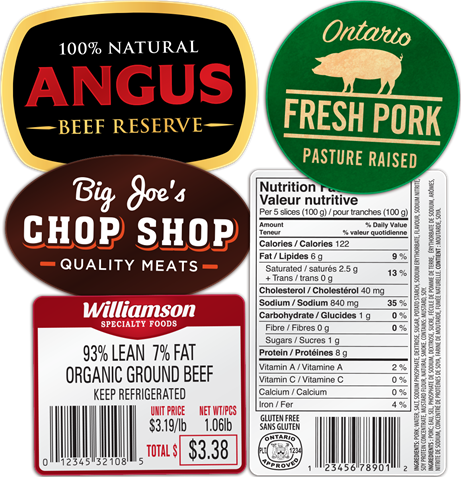
/glutenfreecertified-c531f0399b234f51a38087824448e72d.jpg)

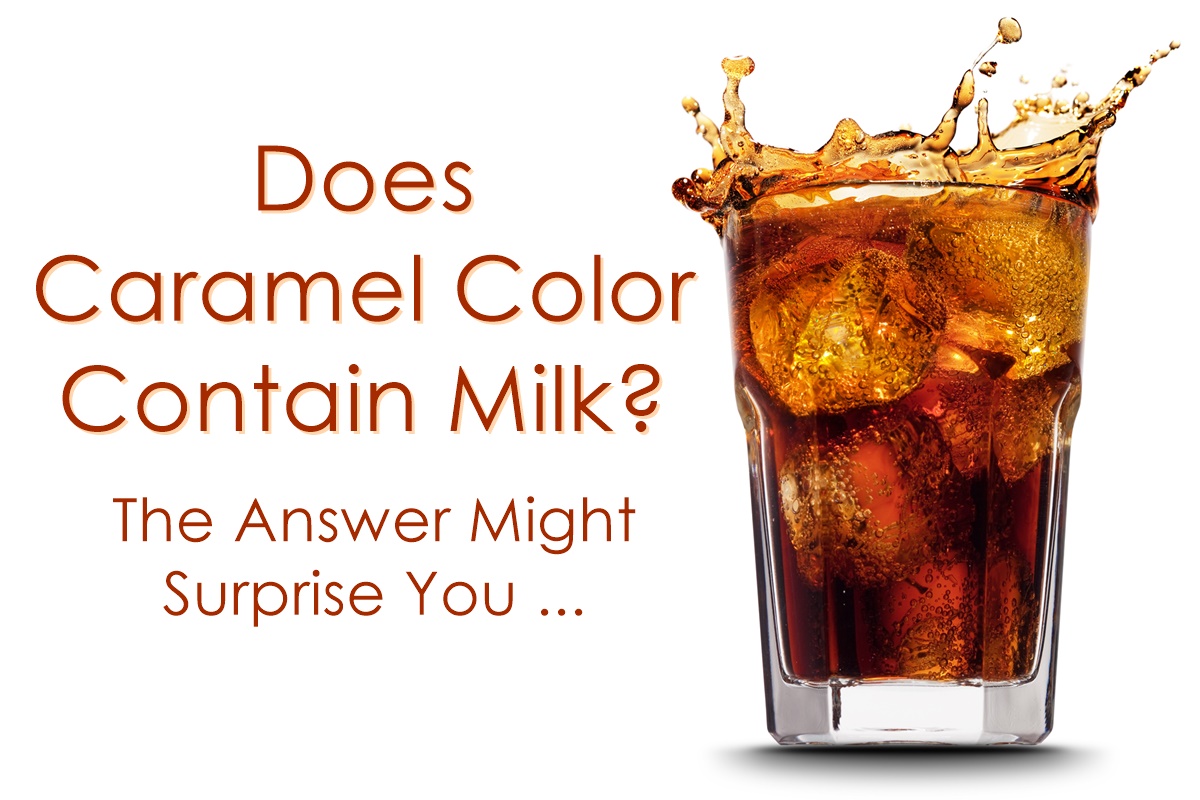
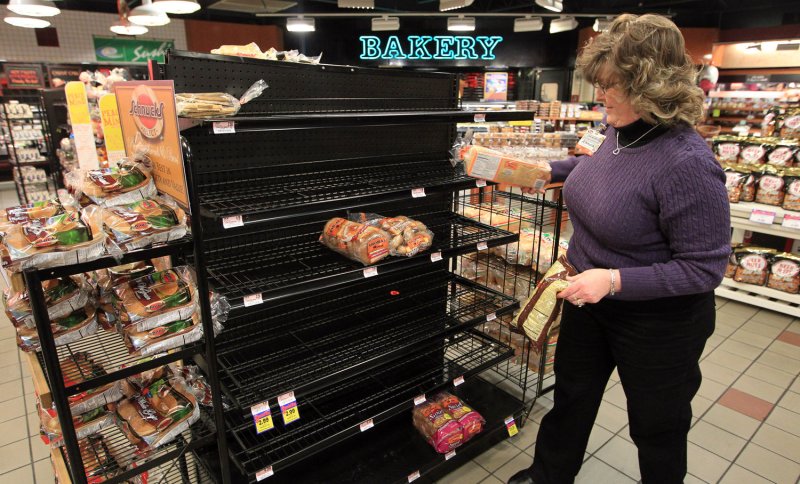
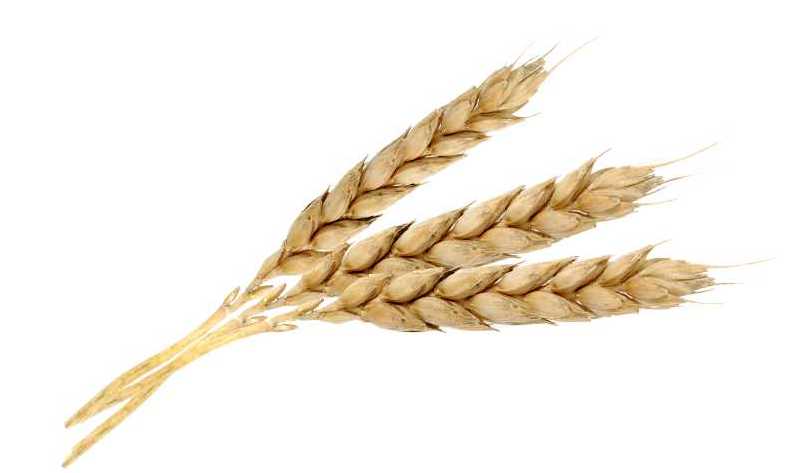
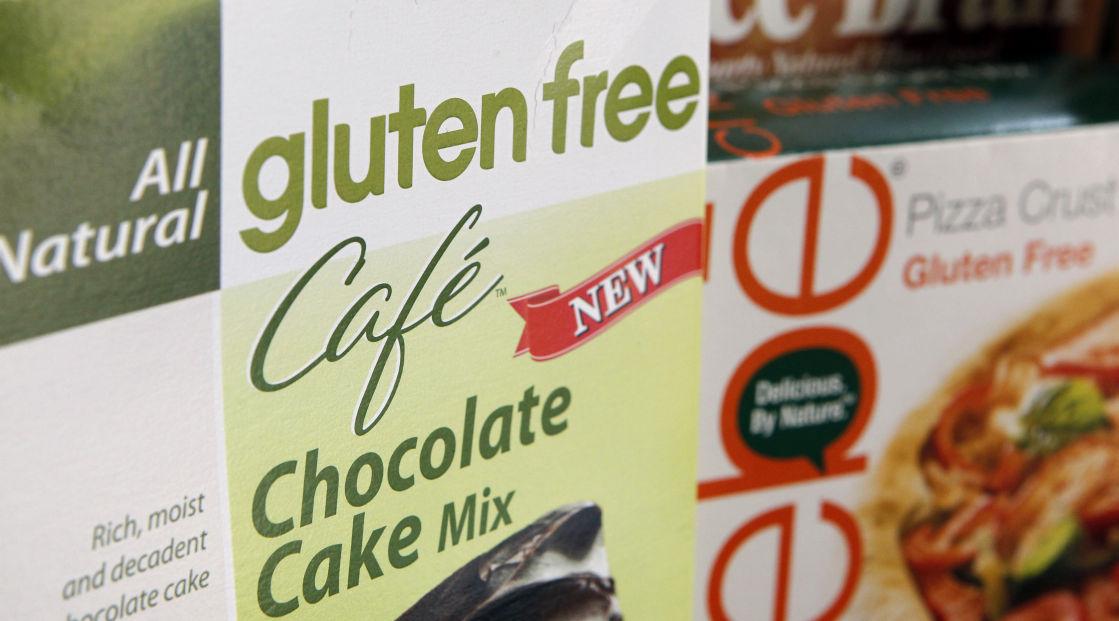
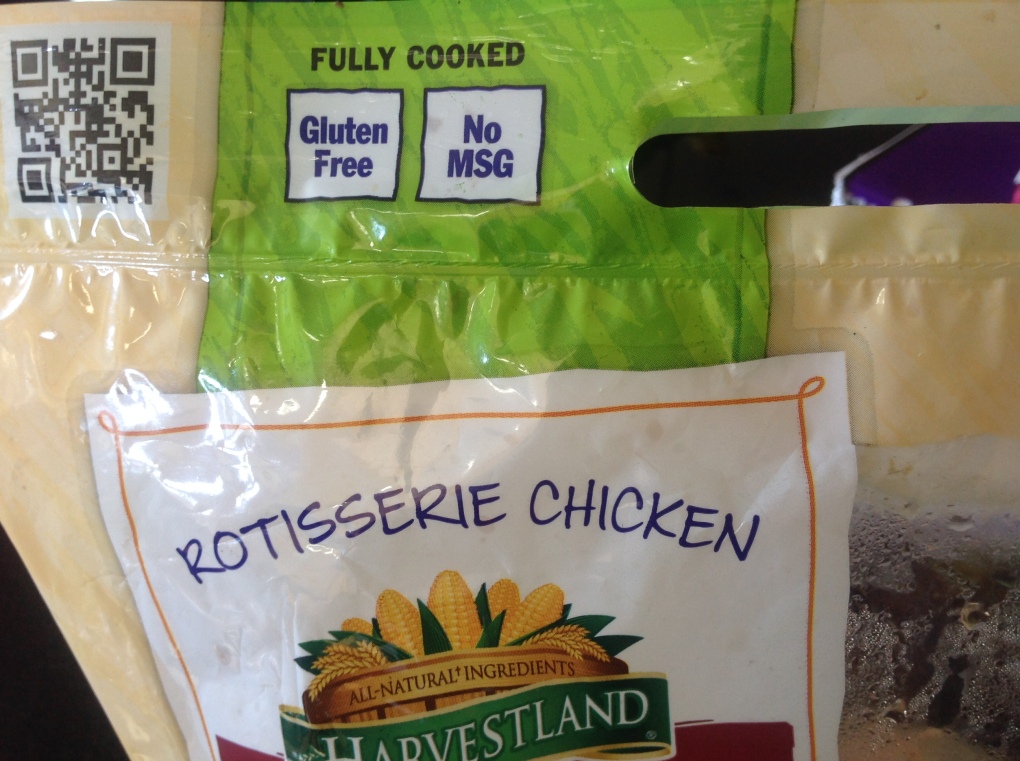
Post a Comment for "41 gluten on food labels"